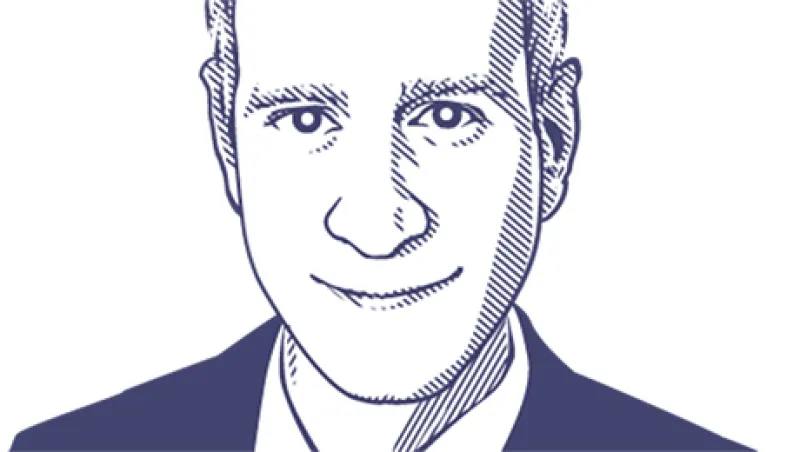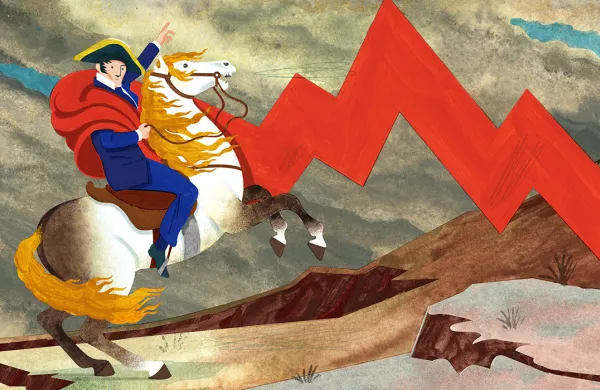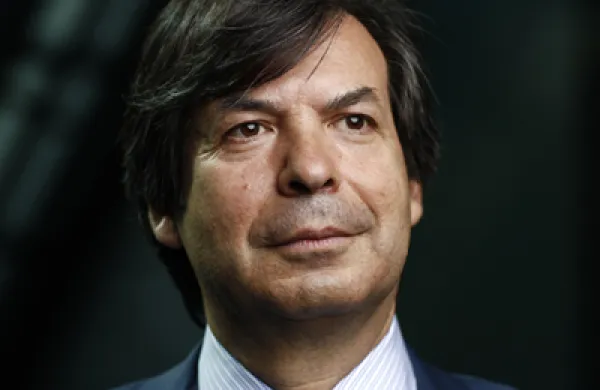Taking calculated risks within a tight framework is the key to Christoph Schlegel’s success. The board of Linde, a Munich-based industrial gas producer, sets a risk budget for the company’s three pension plans — in Germany, the U.K. and the U.S., with a combined $5.6 billion in assets — then lets Schlegel get on with it.
“That is a very good and disciplined approach,” says the 40-year-old economist, who integrated management of the three plans after coming to Linde as head of pension investments in 2008 following stints at Siemens’ pension fund and at consulting firm Mercer. “It doesn’t tempt us to go up the risk spectrum.” Yet after devoting roughly a third of the funds to liability-driven strategies, Schlegel is happy to place some bets: Linde’s pension funds have a 17 percent exposure to alternatives, including hedge funds, real estate, commodities and catastrophe bonds. The funds have shifted away from conventional government and corporate bonds in favor of fixed-income segments that still offer attractive yields, including senior loans, commercial real estate loans and emerging-markets debt.
Linde doesn’t run any pension money in-house, which allows Schlegel to set strategy and select managers with a skeleton team that includes two colleagues in Munich, one in London and one working half-time on pension management at the company’s North American headquarters in Murray Hill, New Jersey. The arrangement lets the three different plans experiment and address national needs while hewing to a common overall investment approach. The U.K. plan, the largest of the three at €3.8 billion ($4.2 billion), pioneered investing in cat bonds and tail-risk hedges, which now have been adopted in Germany and the U.S.; Germany took the lead on systematic macro hedge fund investments, and the U.S. on senior loans.
One risk Schlegel doesn’t like is the euro, because of the currency area’s governance flaws and weak economy. Aside from the Bunds Linde holds for liability matching, the €722 million German pension fund has less than 10 percent exposure to the euro area; its 26 percent equity allocation is invested entirely in global stocks. The fund arguably could have done better last year by buying Italian and Spanish bonds and benefiting from the sharp decline in yield spreads among euro countries, but Schlegel stuck to his principles. “We only invest in the euro zone where we have to,” he says.
Such “healthy skepticism,” as Schlegel puts it, helped the German fund gain 10.7 percent last year, beating its benchmark by 1.7 percentage points.
This profile is one of 12 written for our 2015 European Investment Management Awards, which honors some of the best investors in the business. See also profiles of Lifetime Achievement Award winner Henrik Gade Jepsen, Centrica’s Chetan Ghosh, Lancashire County Pension Fund’s Michael Jensen, ABN AMRO's Geraldine Leegwater, Varma's Reima Rytsölä, AP4's Magnus Eriksson, CERN's Elena Manola-Bonthond and ERAFP's Philippe Desfossés. Check back tomorrow to read about VBV's Günther Schiendl.
Follow Tom Buerkle on Twitter at @tombuerkle. Visit his blog, The Globalist.






